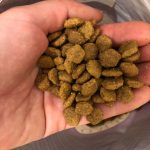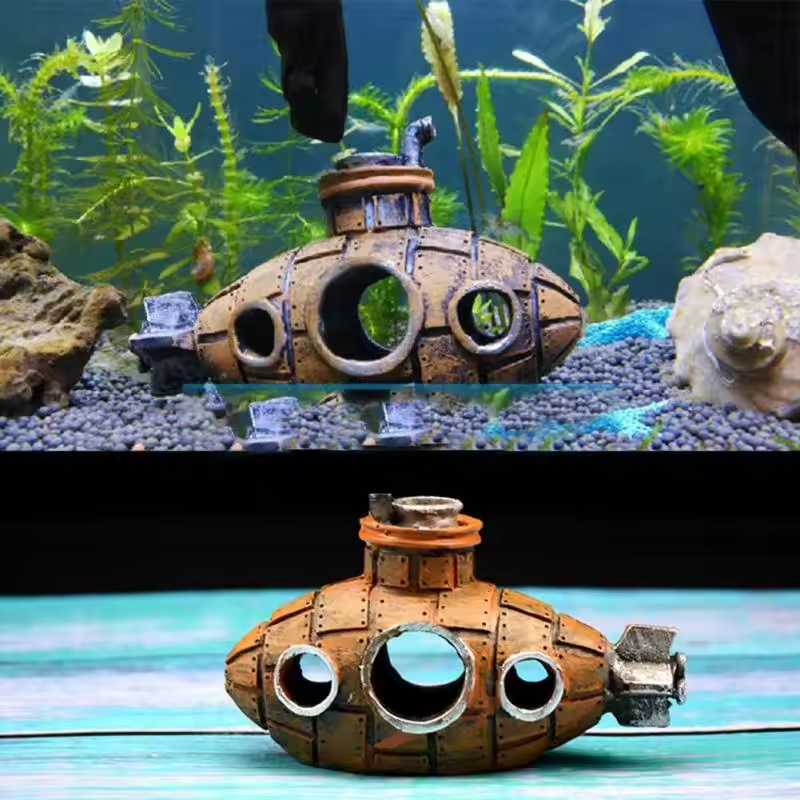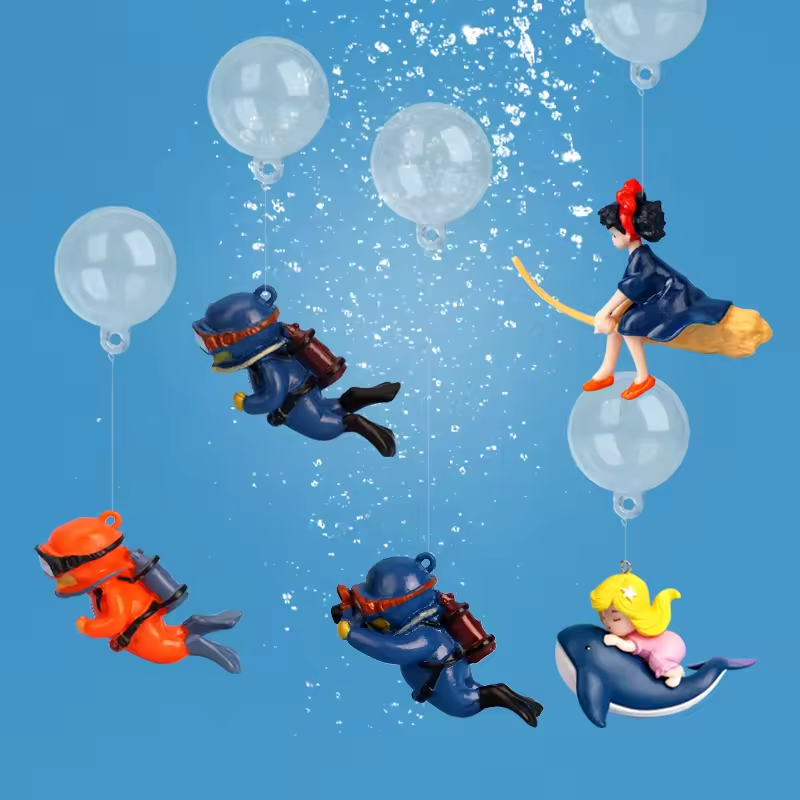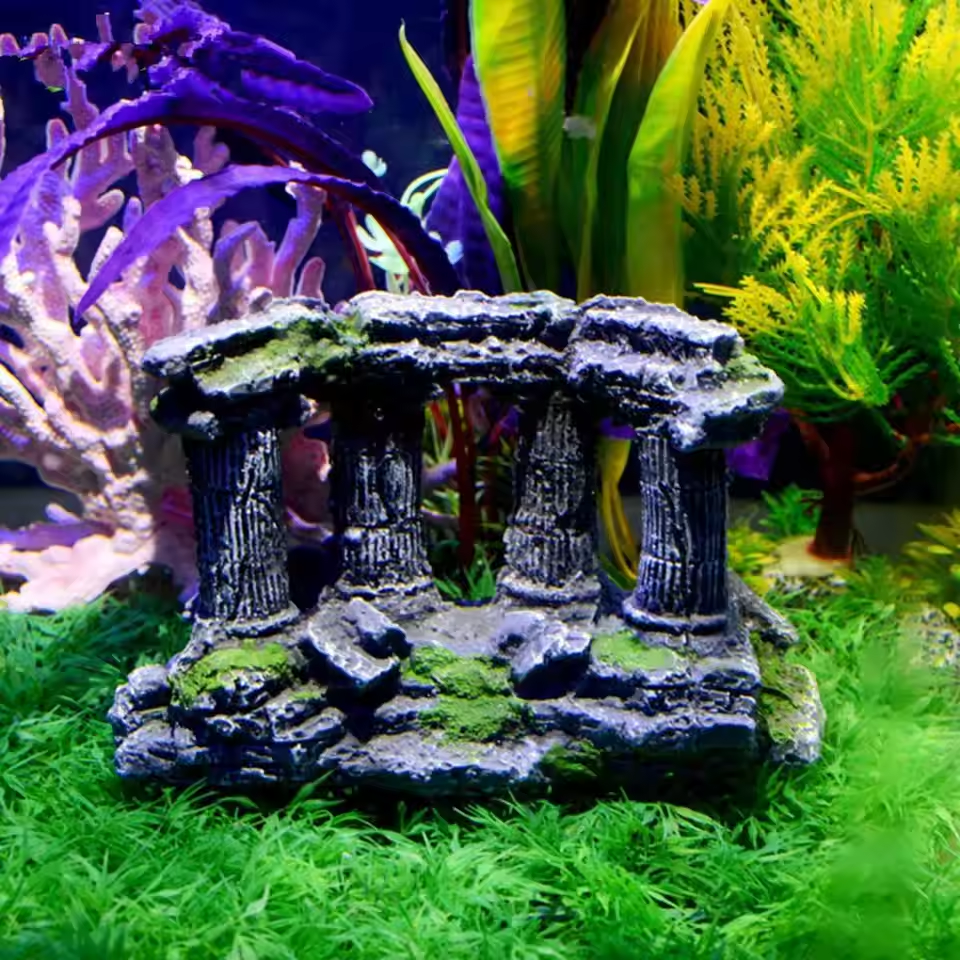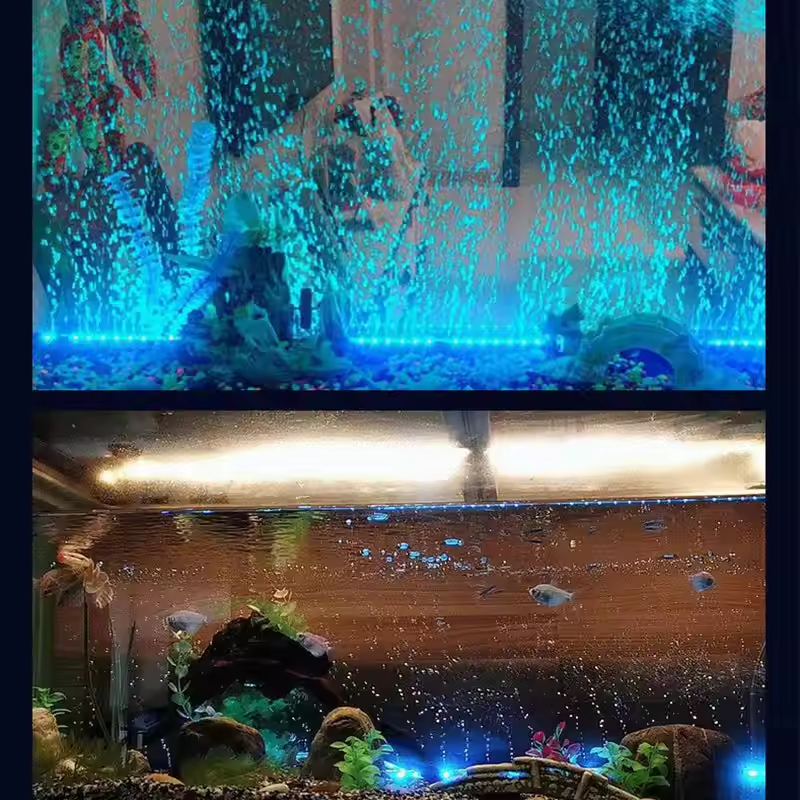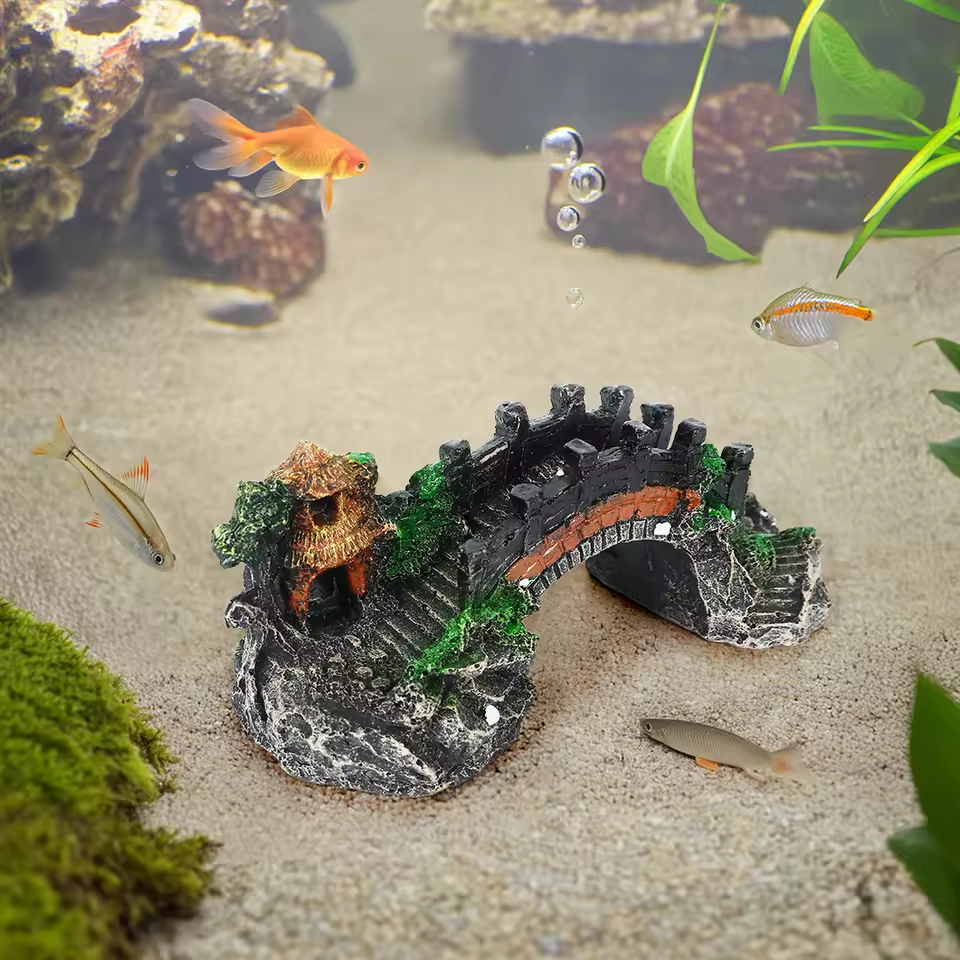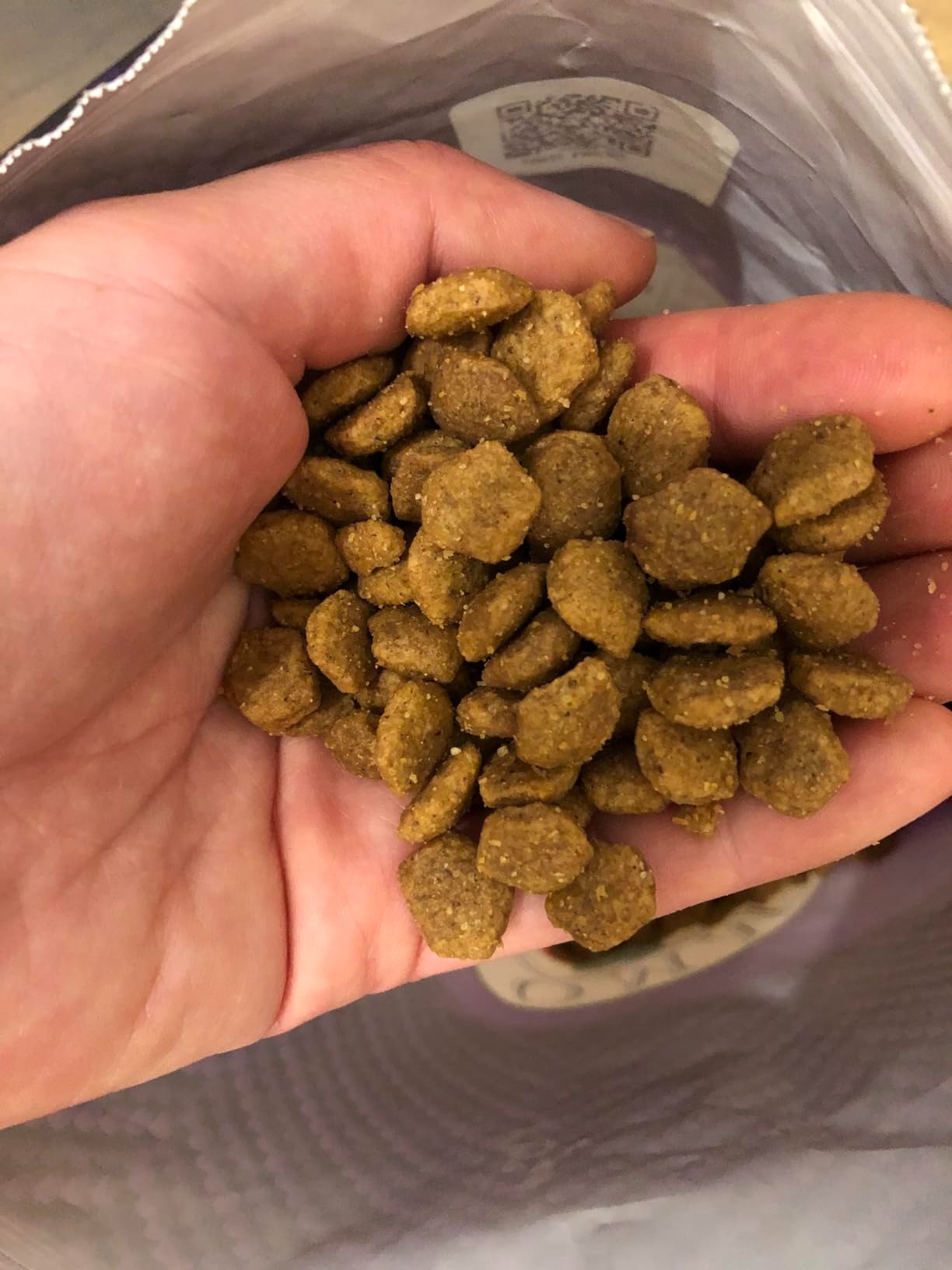Introduction to Aquarium Decorations: Creating a Thriving Underwater Ecosystem
Aquarium decorations are the backbone of a visually appealing and functional fish tank. They not only enhance aesthetics but also provide hiding spots, promote natural behavior, and support water quality. Whether you’re a beginner or an experienced aquarist, understanding how to select and style decorations is key to maintaining a healthy and engaging aquatic environment.
Start by defining your tank’s purpose:
- Community tanks: Prioritize open spaces and varied decor for social fish.
- Species-specific tanks: Match decorations to the natural habitat of your fish (e.g., driftwood for bettas, coral for saltwater species).
- Nano tanks: Opt for compact, minimalist decorations to avoid overcrowding.
Material Matters: Choosing Safe and Functional Aquarium Decorations
The materials used in aquarium decorations directly impact water chemistry and fish health. Below are key considerations:
Natural Materials
- Driftwood: Adds tannins (beneficial for some fish) but requires pre-soaking to prevent cloudiness.
- Live Rocks (saltwater): Provide biological filtration and housing for beneficial bacteria.
Artificial Materials
- Resin Coral: Durable and customizable colors; ideal for saltwater tanks.
- Plastic Plants: Affordable and easy to clean, but avoid sharp edges.
Sustainable Options
- Recycled Glass: Eco-friendly and shatter-resistant.
- 3D-Printed Decor: Customizable designs with minimal environmental impact.
Avoid:
- Lead-based paints (toxic to fish).
- Unseasoned wood (releases harmful tannins).
Fish Tank Decor Ideas: Layouts for Every Aquascaping Style
Effective aquarium decorations depend on layout design, which can transform a basic tank into an underwater masterpiece. Below are detailed layout strategies for popular aquascaping styles, along with practical implementation tips:
Dutch Style Layout
- Design Focus: Symmetry and dense plant growth.
- Decor Execution:
- Use flat, smooth stones as a base layer to create a clean backdrop.
- Arrange tall plants (e.g., Amazon swords) at the back, mid-sized plants (e.g., Anubias) in the middle, and small rosette plants (e.g., Java moss) at the front.
- Add ceramic ornaments like pagodas or bridges as focal points along the central axis.
Iwagumi Style Layout
- Design Focus: Minimalism with a central rock formation.
- Decor Execution:
- Stack 3–5 smooth, rounded stones to create a triangular focal point.
- Use fine gravel or sand substrate to emphasize the rock arrangement.
- Plant low-profile grasses like hairgrass (Eleocharis) around the rocks to mimic natural grasslands.
Jungle Style Layout
- Design Focus: Dense vegetation and natural hiding spots.
- Decor Execution:
- Stack driftwood branches in a vertical or diagonal pattern to create layers.
- Fill gaps with live plants like Anubias nana, Java fern, and Bolbitis.
- Add resin vines or artificial leaves to enhance the “jungle” effect.
Modern/Geometric Style
- Design Focus: Clean lines and abstract shapes.
- Decor Execution:
- Use geometric ceramic pieces (e.g., cubes, pyramids) as accent decor.
- Pair with straight-edged artificial plants like spiky faux seaweed.
- Opt for monochromatic color schemes (e.g., black gravel + white stones).
Nano Tank Layout Tips
- Vertical Spaces: Mount tiny ceramic castles or terraced plants on the glass.
- Hiding Spots: Add miniature caves (≤2 inches in size) for small fish like neon tetras.
- Scale Matters: Use 1/4-sized versions of full-size decor (e.g., tiny resin coral clusters).
Pro Tips:
- Balance: Ensure 60% open swimming space to avoid overcrowding.
- Color Contrast: Use decor in neutral tones (e.g., browns, grays) to let plants stand out.
The Role of Aquarium Plants in Enhancing Ecosystems
Live aquarium plants are indispensable for creating a balanced aquatic ecosystem. Beyond their aesthetic appeal, they play critical roles in water quality, fish behavior, and tank biodiversity. Below is an in-depth exploration of their benefits and cultivation techniques:
Ecosystem Functions
- Oxygen Production: Through photosynthesis, plants release oxygen crucial for fish respiration.
- Nitrate Absorption: They absorb excess nitrates (toxic byproducts of fish waste), reducing algae blooms.
- Stress Reduction: Hiding spots among plants reduce aggression and anxiety in shy species (e.g., bettas).
Plant Selection Guide
- Freshwater Plants:
- Low-Light Options: Java fern, Anubias (tolerate low light and low-tech setups).
- High-Light Options: Amazon swords, Rotala (require LED lights with 8–10 hours/day).
- Floating Plants: Water sprite, duckweed (natural filtration and shade providers).
- Saltwater Plants:
- Macroalgae: Caulerpa, Chaetomorpha (absorb nitrates and provide snack spots for herbivores).
- Seagrasses: Halodule (simulate natural seafloor environments).
Cultivation Tips
- Substrate Choice:
- Standard Tanks: Use nutrient-rich laterite-infused gravel.
- Dedicated Plant Tanks: Add specialized substrates like Seachem Flourite.
- CO₂ Injection: Boost growth in high-tech setups (use a bubble counter to monitor levels).
- Trimming: Remove yellowing leaves weekly to encourage new growth.
Artificial Alternatives
- Plastic Plants:
- Benefits: No maintenance; ideal for low-tech tanks.
- Drawbacks: No water quality benefits.
- Material Choice: Silicone-based plastics are safer than PVC.
DIY Planting:
- Bunch Planting: Tie stem plants (e.g., Hygrophila) together with rubber bands for instant coverage.
- Tie-Down Method: Attach Java fern to driftwood using cotton thread (dissolves naturally).
Artificial Coral Reefs: Creating a Saltwater Paradise
Artificial coral reefs are essential for replicating the vibrant ecosystems of the ocean in home aquariums. Below is a detailed guide to selecting, arranging, and maintaining these aquarium decorations, tailored for both beginners and advanced hobbyists:
Coral Material Comparisons
- Resin Corals:
- Pros: UV-resistant, detailed textures mimic live coral.
- Cons: Heavy; may crack if dropped.
- Best Brands: TuffStuff Reefs, RicTan.
- Silicone Corals:
- Pros: Flexible, safe for delicate fish (e.g., mandarins).
- Cons: Less durable in high-current tanks.
- Best Brands: Ocean Forest, Seachem.
- 3D-Printed Corals:
- Pros: Customizable shapes; lightweight.
- Cons: May degrade under intense UV lighting.
Design Strategies
- Layered Arrangements:
- Place tall branching corals (e.g., stag horn) at the back.
- Add compact brain corals in mid-tier for visual depth.
- Use low-profile species (e.g., mushroom corals) at the front.
- Color Palette:
- Natural Look: Use brown, beige, and muted greens.
- Artistic Flair: Opt for iridescent or neon colors for modern tanks.
Installation Tips
- Stability: Attach corals to the tank bottom with suction cups or silicone.
- Flow Control: Position corals away from strong powerheads to prevent dislodgement.
Maintenance
- Cleaning:
- Use a soft brush to remove algae (avoid wire brushes).
- Rinse with dechlorinated water monthly.
- Disinfection: Soak in saltwater (1:20 ratio) for 30 minutes to kill hitchhiking pests.
Hybrid Systems:
- Combine artificial coral with live rock for a balanced ecosystem.
- Add LED moonlights to enhance coral luminescence at night.
Nano Aquarium Decorations: Maximizing Small Spaces
Nano aquarium decorations (for tanks ≤10 gallons) demand creativity to balance aesthetics, functionality, and underwater realism. Below are advanced strategies for designing micro aquariums:
Scale-Specific Decor Types
- Miniature Ornaments:
- Tiny castles, treasure chests, and seashells (≤1 inch in size).
- Use resin or ceramic for durability.
- Vertical Decor:
- Mount driftwood vertically to create a “forest” effect.
- Attach plants like Java moss to the glass for vertical coverage.
Fish Compatibility
- Ideal Species:
- Betta fish: Thrive with single driftwood branches and plants.
- Small tetras/guppies: Need open swimming space; avoid overcrowding decor.
- Avoid: Large fish (e.g., goldfish) that outgrow nano tanks.
Layout Techniques
- Corner Tanks: Use triangular arrangements to maximize space.
- Coral Reefs in Miniature: Stack small resin corals to mimic a micro reef.
Pro Tips:
- Substrate Choice: Use sand or fine gravel to avoid sharp angles.
- Lighting: LEDs with adjustable spectrums enhance plant growth and coral colors.
DIY Nano Decor:
- Recycled Materials: Turn bottle caps into tiny caves.
- Gluing Plants: Use aquarium-safe silicone to attach plants to glass.
Sustainable Aquarium Decor: Eco-Friendly Choices
Sustainable aquarium decor prioritizes ethical sourcing, minimal environmental impact, and long-term usability. Below are in-depth guides to eco-conscious decoration strategies:
Eco-Friendly Materials
- Recycled Plastic Decor:
- Brands like EcoOcean use post-consumer plastics for ornaments.
- Benefits: Reduces landfill waste; lightweight and durable.
- Bamboo and Wood:
- Sourcing: Look for FSC-certified driftwood.
- Benefits: Adds natural texture without harming forests.
DIY Solutions
- Upcycling:
- Turn ceramic mugs into sunken treasure chests.
- Use seashells collected from beach cleanups as accent decor.
- Natural Planters:
- Plant live moss in coconut husks or terracotta pots.
Ethical Practices
- Avoid:
- Coral harvested from wild reefs.
- Plastic decor with BPA or phthalates.
- Support:
- Brands with carbon-neutral shipping (e.g., Fluval, Aqua Design Amano).
Water Quality Benefits:
- Live Plants:
- Reduce the need for chemical additives.
- Promote biological filtration via microbial growth.
Community Initiatives:
- Join local aquarium clubs to swap or trade secondhand decor.
- Purchase from brands that donate a portion of profits to ocean conservation.
Maintenance and Troubleshooting: Keeping Aquarium Decorations Safe and Functional
Regular maintenance ensures aquarium decorations remain safe and functional over time. Below are detailed maintenance steps and solutions for common issues:
Weekly Checks
- Inspect for Damage:
- Look for cracks in resin corals or wood rot in driftwood.
- Replace worn-out items immediately to prevent sharp edges.
Cleaning Procedures
- Non-Porous Items (Plastic/Resin):
- Rinse with dechlorinated water.
- Use a soft brush for algae removal (avoid abrasive scrubbers).
- Porous Items (Live Rock/Driftwood):
- Soak in tank water to avoid pH shocks.
- Use a turkey baster to target hard-to-reach algae.
Disinfection:
- Bleach Solution: Soak non-porous items in a 10% bleach solution for 10 minutes.
- Rinse thoroughly and soak in water for 24 hours before returning to the tank.
- Boiling Method: Heat small decor in boiling water (10 minutes) to sterilize.
Common Issues and Fixes
- Sharp Edges:
- File down rough surfaces with a nail file or sandpaper.
- Cover edges with silicone or cotton yarn.
- Clogging from Decor:
- Replace porous stones with smooth rocks.
- Use a fine gravel vacuum to remove trapped debris.
Preventive Measures:
- Quarantine New Items: Soak new decor in a separate container for 24–48 hours to check for algae or pests.
- Seasonal Overhauls: Perform deep cleans every 6 months, especially for heavily planted tanks.
Final Thoughts: Elevate Your Aquarium with Thoughtful Decorations
Aquarium decorations transform a fish tank into a living masterpiece. By prioritizing safety, aesthetics, and functionality, you can create an environment that supports both fish health and your personal style. Whether you’re designing a nano tank or a saltwater reef, the right decorations ensure your underwater world thrives for years to come. Dive into creativity—your fish will thank you!

